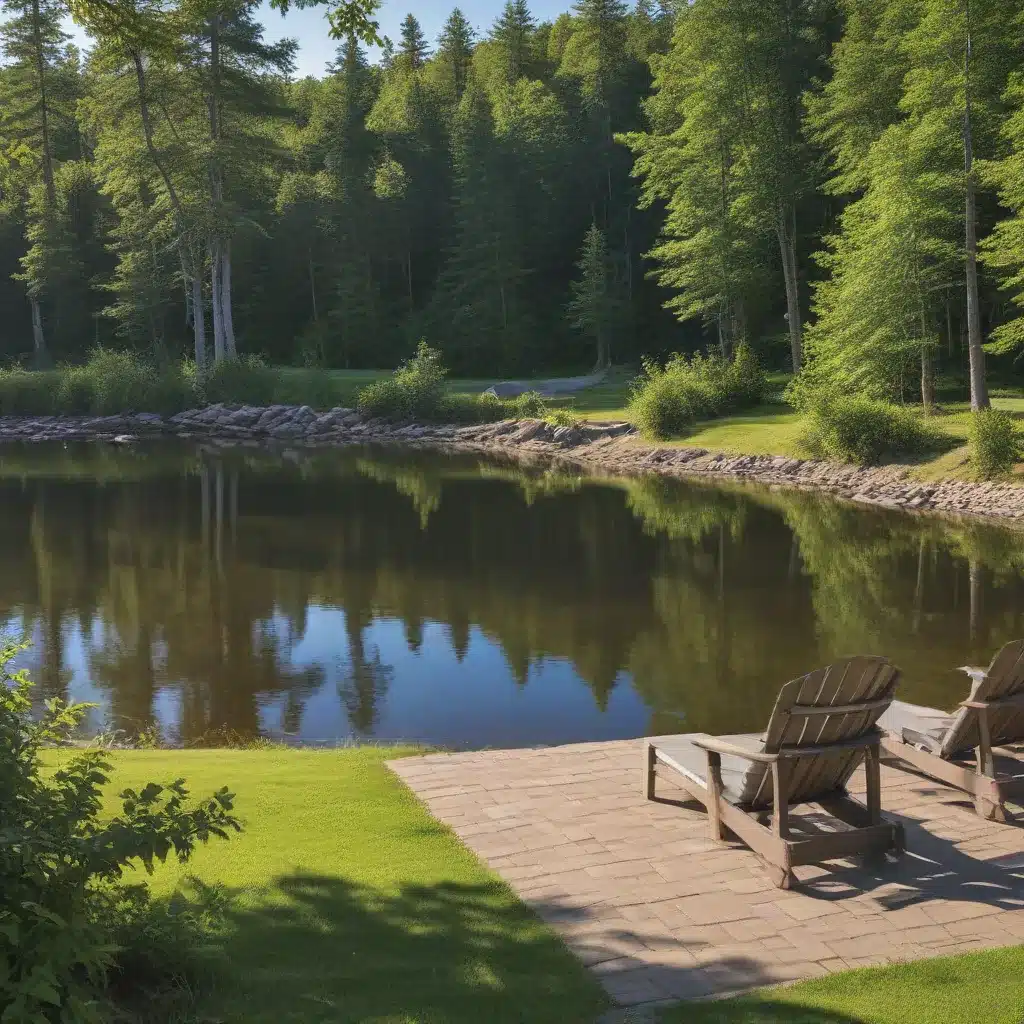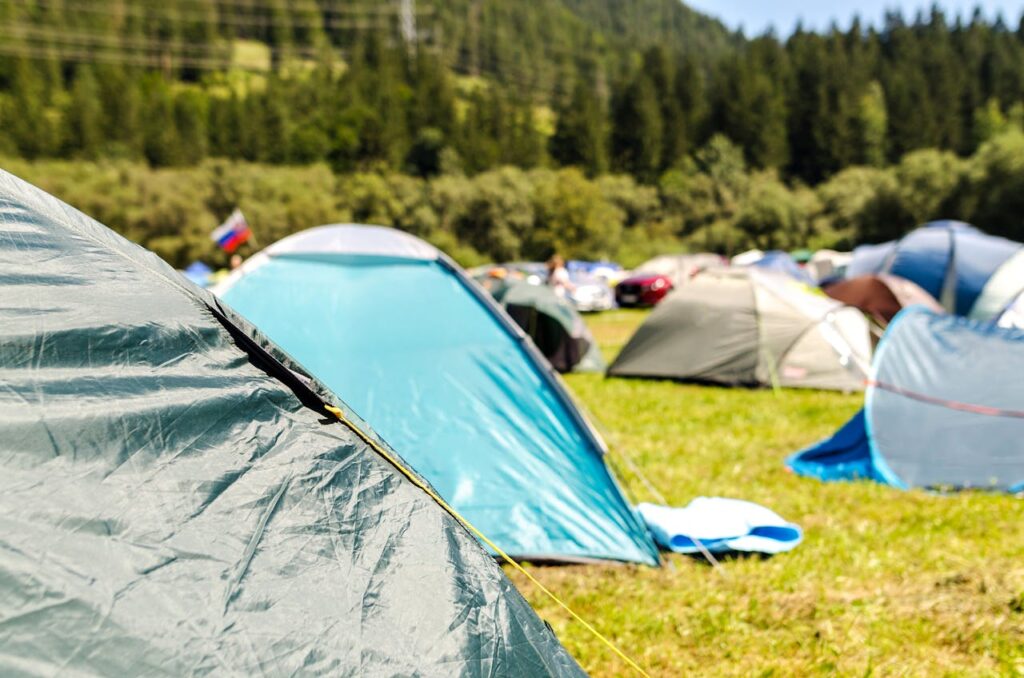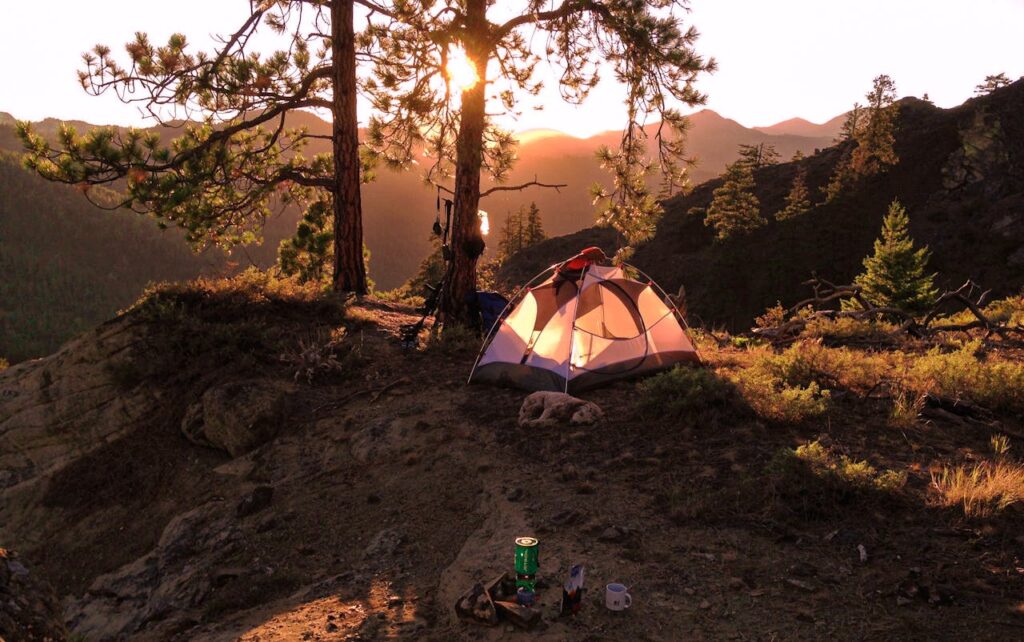
Autumn’s Enchanting Embrace in the Highlands
As the season shifts, the Scottish Highlands beckon with a siren’s call. That sweet spot – so painfully short – when autumn is at its peak and winter’s bony finger is crooked in its foreboding call, is upon us. And so I headed north once more for a rare glimpse of Loch Ness and a final Highland adventure of the year.
Dotting around Inverness and its surrounds, there is arguably no finer place to find yourself than here, especially given the stresses thrust upon us this week in the form of sensational elections, pivotal trade deals, and the prospect of returning lockdowns. For when the vibrancy of the seasonal turn is at its most robust, all else fades and nature still has the final say. This is one for the senses.
That even Loch Ness finds itself eerily quiet in this strangest of years underlines the scale of what the tourism industry has faced in 2020. Yet, this autumn finds it blissfully tranquil. I pounced, eager to soak in the serenity and grandeur of this magnificent land.
Unveiling the Mysteries of Urquhart Castle
As Highland strongholds go, Urquhart takes some beating. Dramatically set on the banks of Scotland’s most famous loch and boasting a fearsome tale or two, the ruinous fortress has become one of the leading visitor attractions in the country. Its decidedly violent past began in the late 1200s when it passed in ownership from the Durward family to the mighty Comyns.
It was they that made Urquhart the formidable castle that it remained for centuries, short as their stay was. Edward I of England nicked it from them in the run up to the Battle of Stirling Bridge – with Andrew de Moray’s 1297 siege failing to nick it back for the Scots – before it eventually ended up in Scottish hands in 1303. Robert the Bruce – forever at loggerheads with the Comyns – took ownership in 1307, making it one of his key northern power bases while he sought to unite Scotland under his kingship.
The Castle would go on to see a constant flurry of day-to-day activity in subsequent centuries. Although a Royal castle, David II was the only actual visitor in 1342 and it was always more of a practical and functional place than opulent residence. It served as a civic centre, law court, and prison among other things. It was, though, at the centre of turbulent raiding and feuding between Highlanders and Islanders in the 16th Century and was a base for government forces during early Jacobite conflicts. On their way out the door in 1692 they destroyed the place to prevent its use as a future irritant, and so it has sat in pensive silence ever since.
Exploring the Serene Stretches of Loch Ness
It is in the more serene stretches of Loch Ness’ eastern edges that its natural personality starts to reveal itself. The sprawling panorama from the Suidhe Viewpoint reveals much – the varied terrain, the brooding mood, the emptiness…for so many of us this is the romance of the Highlands.
When a gust of wind rocks you off your balance, when you find yourself wet even when it’s not raining and when centuries’ worth of human reflection and endurance seem to play out in merry Highland dances and tapestries before you. It is the blank canvas, which we can make with what we will, and it is that that endures longest in our memories. Not much needs to be happening here, for a lot to be happening here.
The Falls of Foyers, meanwhile, offer a more tangible treat. Taking the clear woodland path from the village down to the 165-foot aqua avalanche is the starting point, but there’s much to be gained from a further recce by following the River Foyers all the way to the lochside. Widely regarded as one of the most scenically stunning areas of the Highlands, it may indeed hold the perfect loch/woodland/mountain/moorland/wildlife mix. Walking trails abound and there’s plenty of rugged drama to contrast with its effortless serenity.
Discovering the Wonders of the Highlands
West of Loch Ness, start your journey at Dog Falls. The River Affric, fleeing by after a particularly wet autumn, navigates through a narrow gorge in the middle of the straightforward 2-hour walking route to Coire Loch. Deep within Caledonian pine forest, wildlife has its wary eye on you throughout as shrieks from above, scurries from below and rumbles in the distance keep you alert.
More dramatic still is the astonishing Plodda Falls, south west of the Victorian conservation village of Tomich. From a height of over 150 feet, cascading water is spewed over the precipice in the heart of a Douglas Fir forest. The falls are a short walk from a designated car park, with several viewing points waymarked including the precarious-looking platform that hovers directly over the tumbling torrent.
The lands surrounding the Falls are those once owned by Lord Tweedmouth, Dudley Marjoribanks. His vast estate spread from his home at Guisachan House and it was from here that the Golden Retriever was first introduced to the world in the 1860s. Needless to say, I insisted on a pilgrimage. Sadly, the House is a mere derelict shell now, but the raw and deep beauty of the land has not diminished. Tomich displays a roadside Golden Retriever statue commemorating where it all began. Owner and puppy were well chuffed.
Enchanting Woodland Wanders
One of the best woodland walks in Scotland, you’ll find this little charmer around 20 minutes to the west of the city. An obvious 1-hour trail is the best way to get familiar, looping alongside and eventually across the fast-flowing Moniack Burn. Giant firs loom large, creating chilling atmospherics and a sense of mystical entrapment for the meanderer. With the leaves in full glow, like a fire breathing its last rasping breaths, all you need is some low, late afternoon light and you’ll find yourself once again in a stop-and-stare dream land.
Nearby, the pretty yet bustling village of Beauly is dominated by its impressive 13th Century Priory. A sombre and tempting little place, it certainly did enough to impress Mary Queen of Scots who is thought to have given the village its name in 1564. Woodland wanders continue addictively in those to be found in the vast surrounds of Cawdor Castle. Five separate nature trails creep into the woods, following the burn and passing countless colossal oak, birch, beech and pine sentinels. Herons stare with suspicion from the water’s edge, wrens tiptoe in the camouflage foliage and red squirrels dart, bullet-like, from tree to tree. Blissful, for humans and dog strollers alike.
With medieval origins – but now offering a stylish and authentic-yet-contemporary feel – the Castle itself is one of the Highlands’ best. Once the seat of the Thane of Cawdor (words to twitch the spine of any Macbeth scholars out there), the real King Macbeth was long gone before the castle came into being. Lady Cawdor is still very much in residence to this day, however, the latest in a long family line of Earls and Countesses to call it home. A series of delicate, sculpture-strewn gardens complete the visit, with a riot of wild colour guaranteed in the summer months.
Mystical Cairns and Culloden’s Somber Legacy
Three circular cairns lie in forever-mystery to the east of Inverness, aptly within minutes of the sobering war grave of dread-filled Culloden. A Bronze Age cemetery and ritualistic site, the cairns are thought to have only ever held one or two bodies. Given the size and effort required to construct such a thing, it stands to reason that those one or two were not mere Ordinary Joes. Clan Chief, King, God…it’s a thought to kickstart the imagination. Throw is some sombre-looking standing stones as overwatchers and it fast becomes one of the most ethereal, and slightly unnerving, sites in Scotland.
The stones were also, of course, among the pivotal inspirations for Diana Gabaldon when she inserted time travel into her Outlander novels. It was through them that Claire’s tumultuous journey began and their romantic allure has ratcheted up a level or two ever since. With a long and uncertain winter ahead, don’t think I didn’t consider the possibility myself….
As the enchanting embrace of autumn loosens its grip, the serenity of Loch Ness Shores beckons. Whether you seek the rugged drama of Urquhart Castle, the cascading grandeur of the Falls, or the mystical pull of the ancient cairns, this is a landscape that envelops the soul in its tranquil majesty. I, for one, can’t wait to return.

